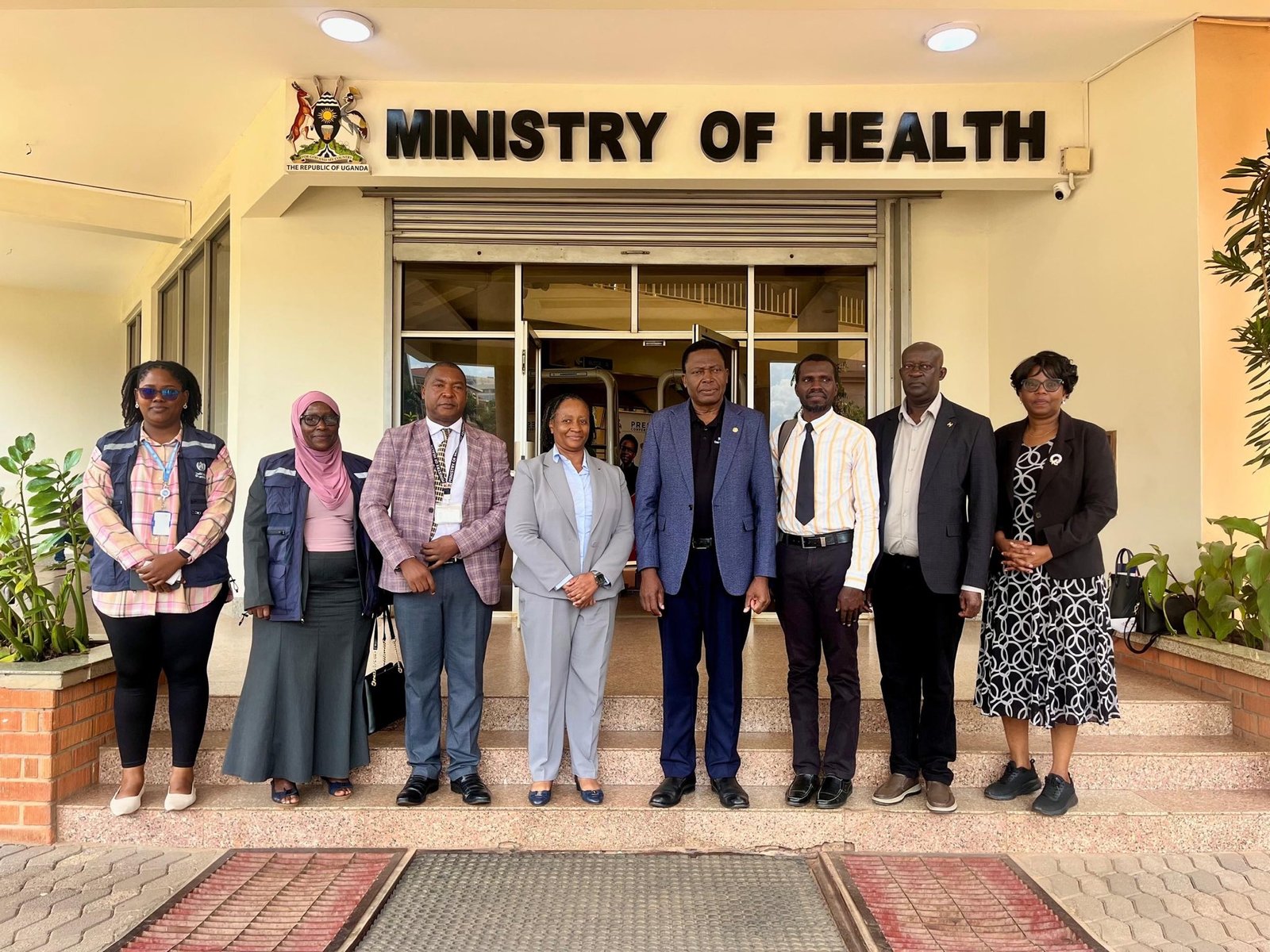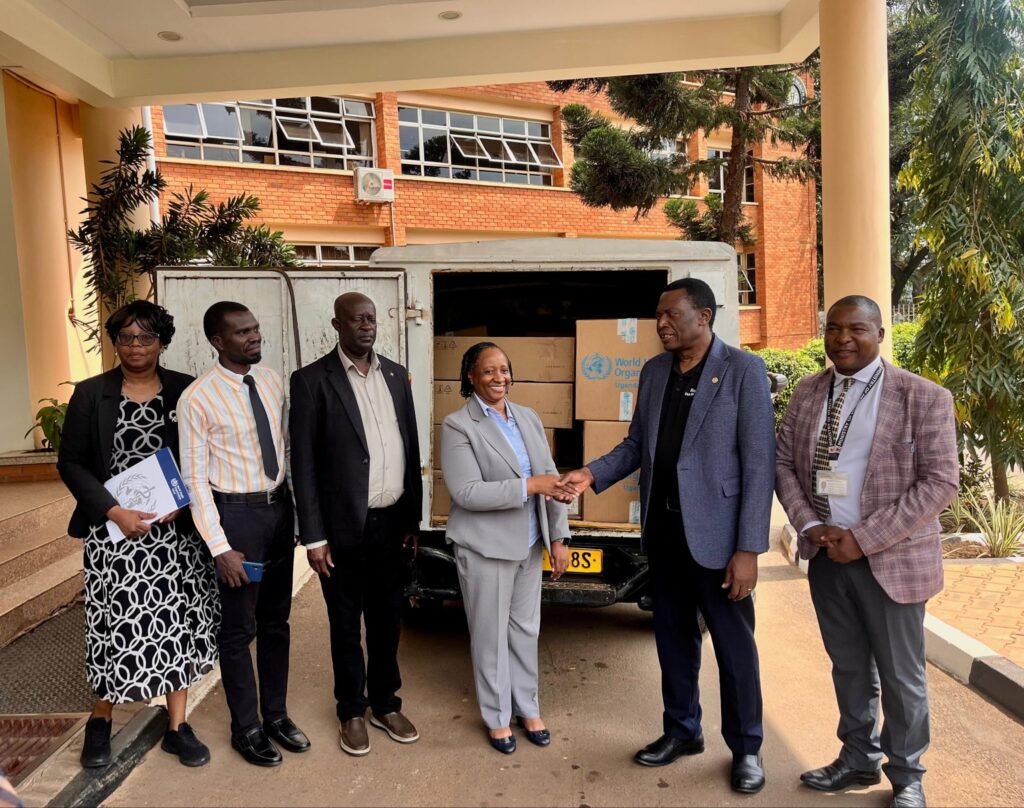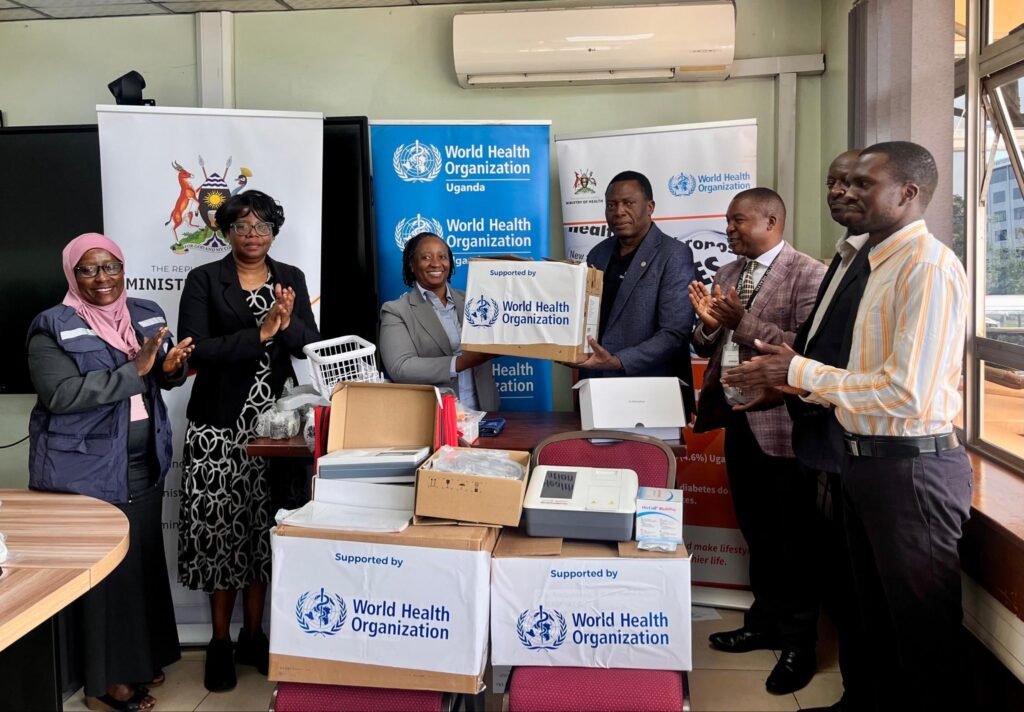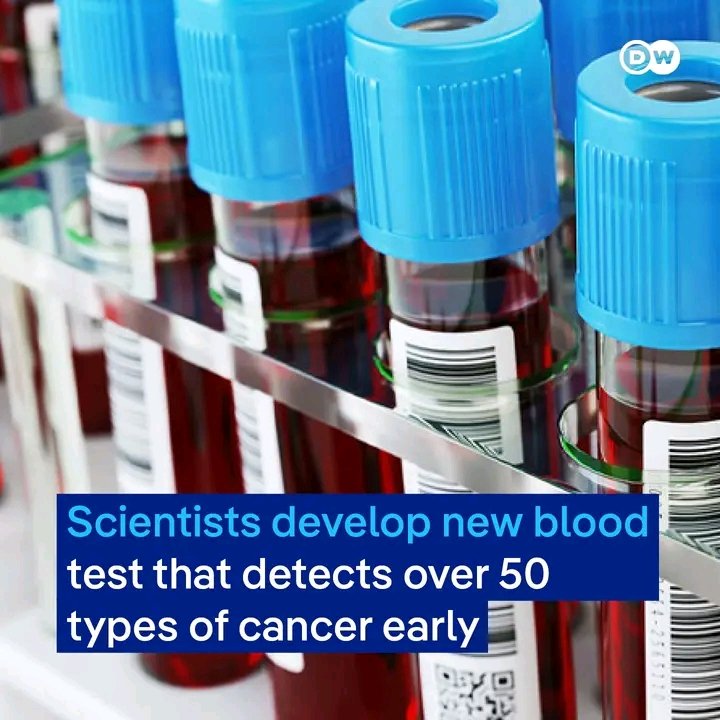
KAMPALA, Uganda – In a significant step toward strengthening Uganda’s healthcare system, the Ministry of Health, with support from the World Health Organization (WHO) Uganda, has handed over essential diagnostic equipment to 40 health facilities across four regions facing high disease burdens in a strategic move to address the rapidly increasing rates of non-communicable diseases (NCDs).

The initiative, which targets facilities in Sembabule, Kabale, Koboko, and Lira City, comes as hypertension and diabetes prevalence have doubled over the past five years, creating an urgent need for enhanced detection and management capabilities at the primary care level.
The Growing Burden of Non-Communicable Diseases
The equipment handover responds to a documented surge in NCD cases throughout Uganda, where approximately 6% of adults live with HIV and an estimated 20% of this population concurrently manages NCDs. This dual disease burden presents complex challenges for a healthcare system that has historically focused on infectious diseases .
National data reveals concerning trends in NCD prevalence that have prompted health authorities to action. The equipment distribution strategy emphasizes integrating NCD screening into existing health services, including HIV, tuberculosis, and malnutrition programs, creating a more efficient and patient-centered approach to healthcare delivery.

“The districts were selected because of their high disease burden; however, that should not be the only criteria,” stated Dr. Charles Olaro, Director General of Health Services at the Ministry of Health. “We should not wait for a district to experience a high burden before providing such support. Access to these tools should be part of our standard health system operations to strengthen prevention and early detection across all areas.”
A Strategic Shift Toward Integrated Care
The integration of NCD management into routine HIV care represents a strategic shift in Uganda’s approach to chronic disease management. Recent studies from South Central Uganda have highlighted the challenges health workers face in managing both HIV and NCDs simultaneously, including heavy workload, limited financial and human resources, and clinical guidelines that previously did not incorporate NCD management within HIV care .
Research indicates that integrated service delivery can potentially reduce duplication and fragmentation of services, increase efficiency of resource use, and help patients remain in care by reducing costs and inconvenience for patients with multiple morbidities .
This approach aligns with trends observed in several East African countries, including Kenya, Rwanda, Tanzania, and Uganda, which have begun incorporating NCD prevention and control into existing HIV programs in response to the growing burden of NCDs and a movement toward person-centered differentiated care for people living with HIV .
Table: Key Challenges in HIV-NCD Integration Identified in Ugandan Health Facilities
Challenge Category Specific Examples
Health Workforce Heavy workload, inadequate knowledge/skills for NCD management
Systems Issues Unsupportive clinical guidelines, inadequate communication pathways
Resource Constraints Limited financial and human resources, infrastructure limitations
Clinical Management Difficulty managing adverse drug events, complex patient needs
Beyond Equipment: Building a Sustainable Health Infrastructure
Health officials emphasized that the donation of equipment represents just one component of a comprehensive approach to strengthening NCD care.
“We know that the handover of equipment is one thing, but equipment alone is not enough,” stated Dr. Kasonde Mwinga, WHO Country Representative to Uganda. “It must be supported by other elements, such as robust health systems and skilled personnel. The World Health Organization remains committed to working with the Government of Uganda to strengthen non-communicable disease surveillance.”
This perspective reflects lessons learned from previous integration efforts, which demonstrated that successful integration of NCD care into HIV services requires not only physical resources but also significant systems reorganization to allow documentation, drug delivery, and healthcare worker support .
The handover initiative includes plans to ensure that the equipment is accompanied by messaging that emphasizes prevention, aligning with the goal of making NCD screening part of primary prevention strategies and ensuring all necessary components are available to achieve this objective.
A National Health Priority with Regional Implications
The equipment distribution forms part of Uganda’s broader commitment to addressing NCDs as articulated in recent national health policies and strategic plans. The Uganda National Conference on Health, Human Rights and Development (UCHD 2025) has emphasized “The Right to Health: Bridging gaps across other sectors to achieve equitable health for all” as a guiding principle for health system development .
This initiative also strengthens Uganda’s capacity to respond to current and future health challenges, building on recent experiences with outbreaks including Ebola and Mpox. As Dr. Mwinga noted in a recent statement on pandemic response, “strengthening the resilience of our health systems remains critically important” for addressing multiple health threats .
The investment in diagnostic capabilities for NCDs at the primary care level represents a forward-looking approach to healthcare development that prioritizes preventative care and early detection – essential components for achieving Uganda’s broader health goals and sustainable development objectives.
As Dr. Olaro summarized, “This equipment should be accompanied by messaging that emphasizes prevention, as our goal is to make it part of primary prevention for early screening and ensure we have all that is needed to achieve this.”
The handover ceremony marked both an immediate response to current healthcare needs and a strategic investment in the long-term resilience of Uganda’s health system, signaling a shift toward more integrated, preventative, and comprehensive healthcare for all Ugandans.









